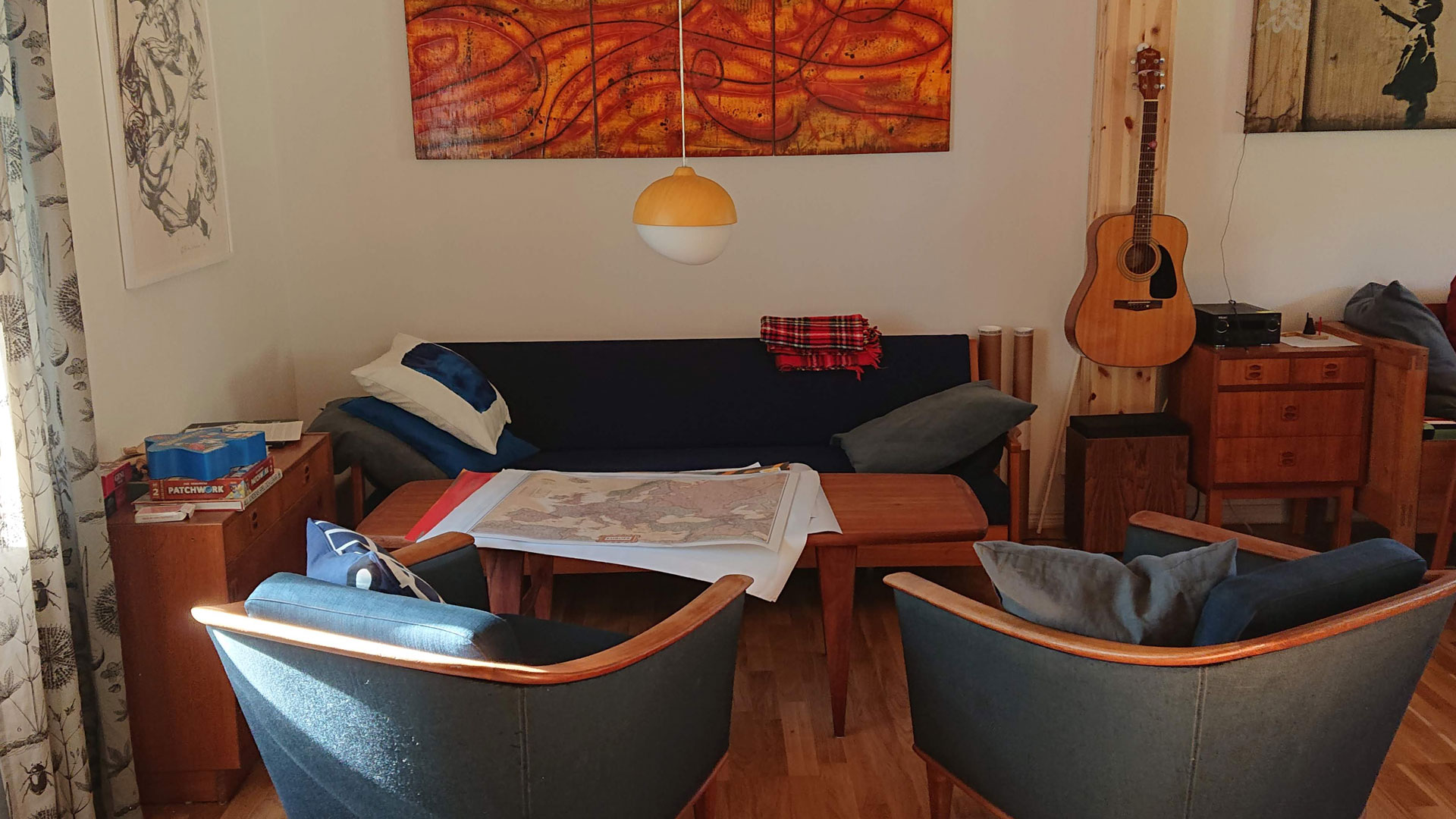(This article is from the site BeyondOneDegree where I published some of the podcast-episodes that has been merged to this site)
About two years ago I was spending some time at the countryside, pondering, as usual, about how to cope with the consequences of climate change, mitigation as well as the daily life, what to spend time on making a living as well as living a decent life.
Relaxing and after taking a nap on the sofa my pieces of thinking fell on place. “I will create a podcast and its name shall be Beyond One Degree“.
“That’s where we are today and it is looking at the future ahead. Not much is like it used to be and we need to figure out where we are and what is ahead.”
So I went of thinking about podcasting more than blogging and vlogging. I’d already done that on another site, martinhedberg.se. But now (as I write this) is the time to start publishing texts and videos here as well.
We have warmed the planet by 1°C from pre-industrial levels and it’s rising. In the Paris Agreement, adopted by consensus December 12, 2015 and entered into force November 4, 2016, humanity agreed to:
(a) Holding the increase in the global average temperature to well below 2°C above pre-industrial levels and pursuing efforts to limit the temperature increase to 1.5°C above pre-industrial levels, recognizing that this would significantly reduce the risks and impacts of climate change;
(b) Increasing the ability to adapt to the adverse impacts of climate change and foster climate resilience and low greenhouse gas emissions development, in a manner that does not threaten food production; and
(c) Making finance flows consistent with a pathway towards low greenhouse gas emissions and climate-resilient development.
The name Beyond One Degree also connects to Mark Lynas book “Six degrees” from 2007, where he describes how different the world would look like given different amount of warming.
The temperature as a climate indicator has its benefits, but also some drawbacks. It is a bit to easy to think of it as a indicator of the weather, not realising the difference. During an ice age, when northern Europe and America is covered by thousands of meters of ice, the global average temperature, i.e. climate temperature, was 3-4°C lower than pre-industrial.
The Paris Agreement is half an ice-age, but in the opposite direction! This will fundamentally change the world. And as the trajectory of business as usual looks like today we are heading for 3-4°C of warming. Within 100 years. (A normal transition from ice-age to interglacial state takes between 5 and 10 thousand years).
Having sea level as the indicator of climate might tell us more from both an intuition and infrastructural point of view. Within a hundred years sea level will increase by roughly 1-3 meters. And it will continue to rise for many hundred of years.
Last but not least, climate change is a lot more than temperatures and sea levels. It is more than ice and ecosystems. It is more than Planetary Boundaries and humans affecting the whole planet. It is about knowledge, curiosity, communication, respect, reverence… it is about life itself.
/Martin
PS. Some texts, videos and podcasts will be in Swedish. DS.
